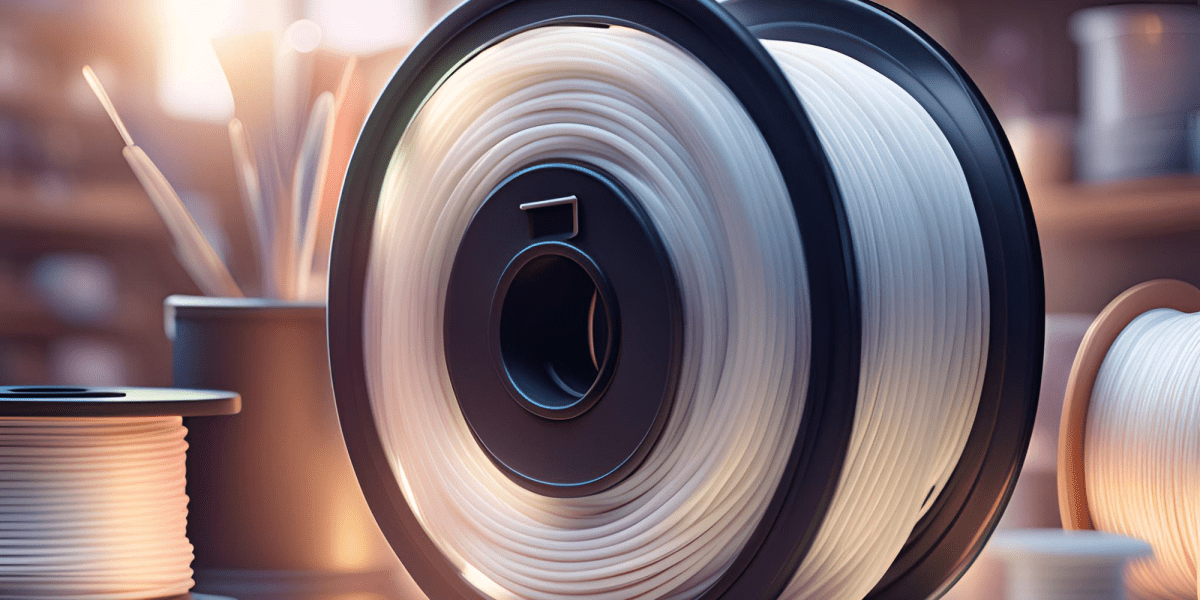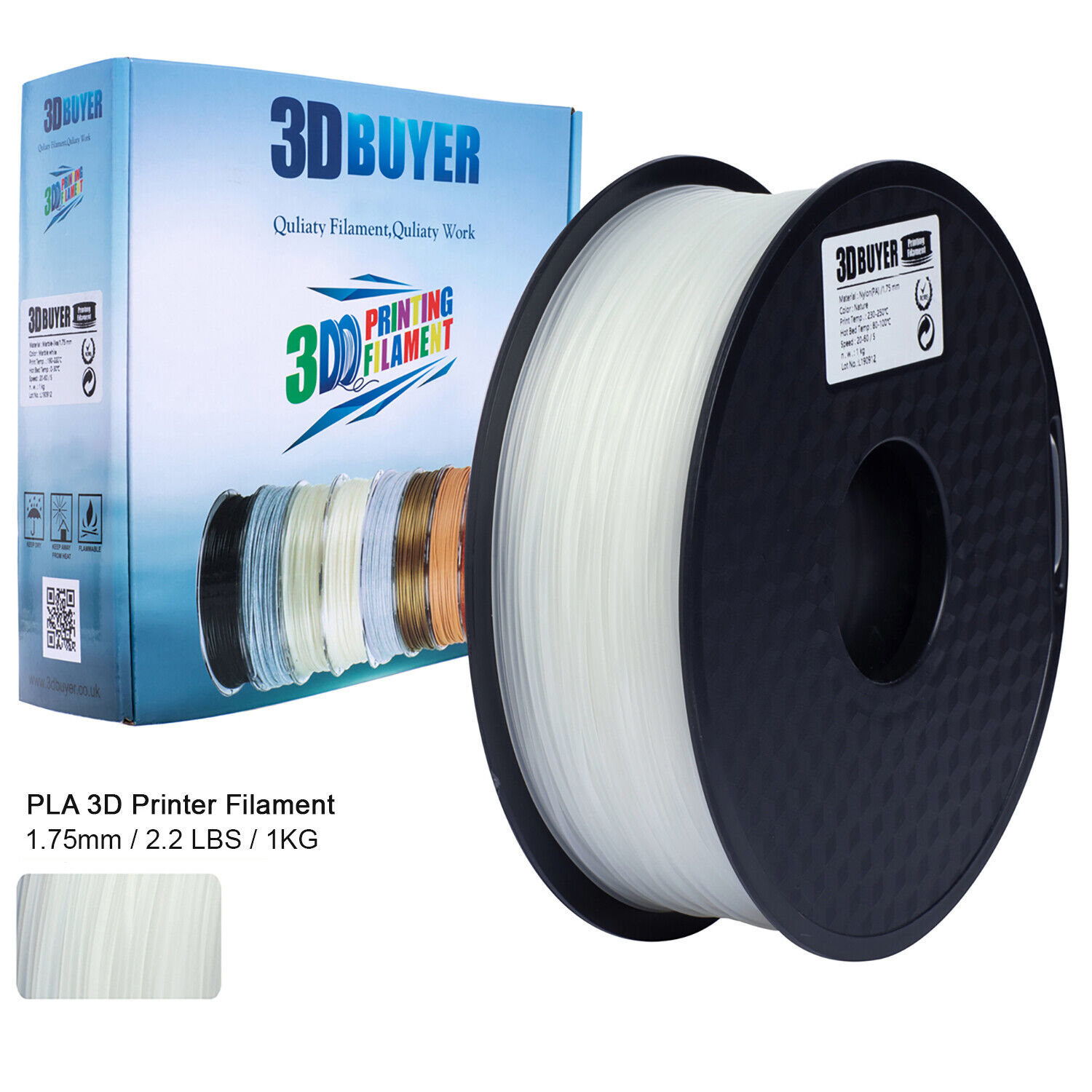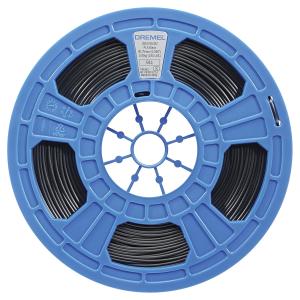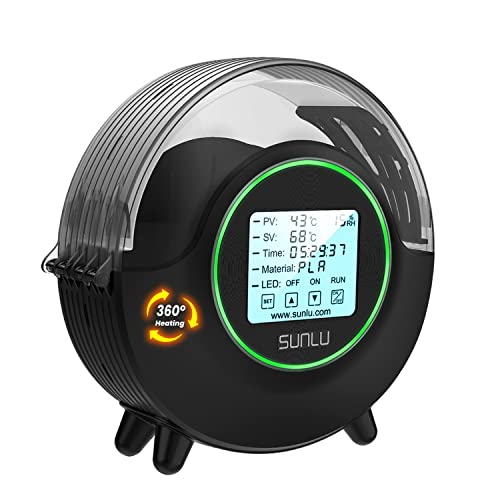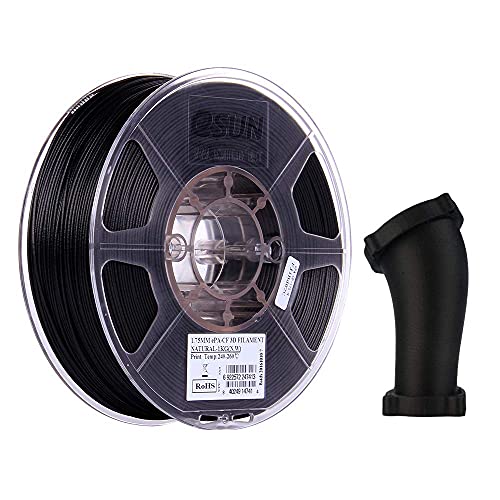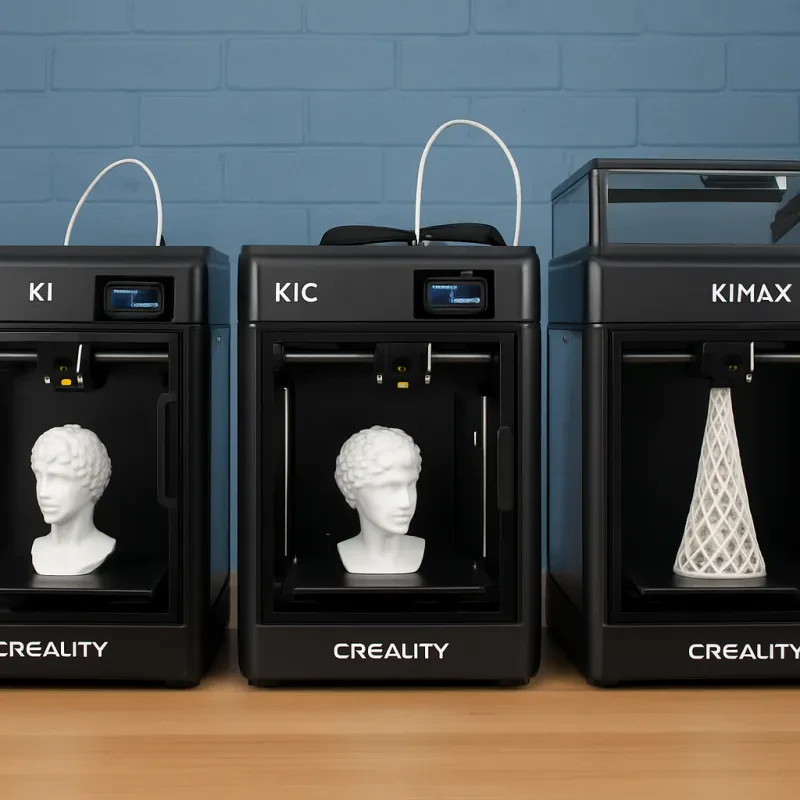Understanding the Properties and Uses of Nylon Filaments in Additive Manufacturing
Nylon filaments are a popular choice for 3D printing enthusiasts due to their ease of use, wide range of unique properties, and affordable price point. In this section, we will explore some of the key properties and uses of nylon filaments in additive manufacturing.
Chemical resistance: One of the most significant advantages of nylon filaments is their chemical resistance. This means that they are able to withstand exposure to a wide range of chemicals without breaking down or losing their structural integrity. This property makes nylon filaments ideal for printing parts that may be exposed to volatile chemicals or solutions. High strength: Nylon filaments are known for their high strength and durability. They have a high tensile strength, which means that they can withstand a lot of force or pressure without breaking. This makes nylon filaments a great choice for printing objects that require strength and durability, such as mechanical parts and gears. Flexibility: Nylon filaments also have a degree of flexibility or elasticity. This means that they can bend and flex without breaking, making them excellent for printing parts that may need to bend or twist during use, such as phone cases or hinges. Low friction: Nylon filaments have a low coefficient of friction, meaning that they slide easily over other surfaces. This makes nylon an excellent choice for printing gears and other moving parts that require a smooth mechanism. Applications: Nylon filaments have a wide range of applications in additive manufacturing, including automotive components, prosthetics, consumer products such as phone cases and toys, and even custom athletic gear.
Overall, nylon filaments are an excellent choice for anyone who needs to print parts that require strength, flexibility, and chemical resistance. With a range of unique properties and applications, nylon filaments are a versatile and cost-effective material for 3D printing enthusiasts and professionals alike.
The Benefits and Drawbacks of Using Nylon Filaments for 3D Printing
If you're an avid 3D printer, nylon filaments are probably already on your radar. Nylon 3D printing filaments are a popular choice for many 3D printing enthusiasts because of their unique properties, which include strength, durability, and flexibility.
The Benefits of Using Nylon Filaments
Strength
Nylon is known for its toughness and durability, and when used in 3D printing applications, it can create strong, durable parts. This makes it ideal for creating items that need to withstand wear and tear, such as gears or functional parts for machinery.
Flexibility
Nylon filaments have some flexibility, which makes them ideal for creating parts that need to bend or flex. This property makes nylon filaments a great choice for creating items such as phone cases or hinges.
Low Friction Coefficient
Nylon also has a low friction coefficient, which means that it is resistant to wear and tear over time, making it ideal for creating parts that require low friction, such as bearings or pulleys. It also means that it can act as a self-lubricating material, which reduces the need for additional lubricants used in the assembly process.
The Drawbacks of Using Nylon Filaments
Prone to Warping and Shrinking
One of the most significant challenges with printing with nylon filaments is warping and shrinking. Nylon is a hygroscopic material, which means that it absorbs moisture from the air, causing it to expand. This can lead to parts warping and shrinking during printing. To combat this, it's recommended to use a filament dryer or store the filament in airtight containers with desiccant bags to reduce moisture levels.
Difficult to Print
Nylon filaments can be challenging to print with, especially for novice 3D printers. Due to their warping and shrinking tendencies, they require precise printing parameters, such as high bed temperatures and the use of adhesives or specialized bed surfaces, which can make them a time-consuming and expensive material to work with.
Requires Additional Post-Processing
After printing, nylon parts require additional post-processing due to their porous nature. This includes sanding, polishing, or sealing the parts to improve their surface finish and remove any remaining moisture. Additionally, it can take longer for these parts to fully dry after printing, which can increase production time and costs.
Conclusion
Overall, nylon filaments are an excellent choice for 3D printing enthusiasts looking to create strong, flexible, and durable parts. However, they do come with some challenges, such as warping and shrinking during printing and the need for additional post-processing steps. We recommend that if you're new to 3D printing or working on a budget, it might be best to stick with more straightforward filaments such as PLA or ABS before exploring the use of nylon filaments.
How to Optimize Your Nylon Filament Printing Settings for Better Print Quality and Consistency
When it comes to 3D printing with nylon filaments, there are a few key factors to consider that can greatly impact the quality and consistency of your prints. Here are some tips to help you optimize your nylon filament printing settings:
Bed Temperature
One of the most important aspects of successful nylon filament printing is proper bed adhesion. Nylon requires a higher bed temperature than most other common 3D printing materials, typically around 80-100°C. Make sure your printer bed is clean and level, and use a high-quality bed adhesive such as ABS juice or a nylon-specific adhesive spray to help ensure successful adhesion.
Nozzle Temperature
The optimal nozzle temperature for printing nylon filaments will depend on the specific brand and type of filament you are using. Generally, temperatures between 240-260°C are common for most nylons. It's important to note that printing at too high of a temperature can cause the filament to degrade and emit harmful fumes, so it's important to experiment to find the optimal temperature for your particular filament.
Print Speed
Printing nylon filaments at too high of a speed can lead to inconsistent extrusion and poor print quality. Slowing down the print speed and adjusting the flow rate can help ensure that the filament is being extruded evenly and consistently.
Cooling
Unlike many other 3D printing materials, nylon requires very little cooling during the printing process to ensure proper layer adhesion. In fact, excessive cooling can cause issues such as warping and cracking. You may want to experiment with turning off or reducing cooling during printing to see if it improves the quality and consistency of your prints.
Drying
Finally, it's important to ensure that your nylon filament is properly dried before use. Nylon has a tendency to absorb moisture from the air, which can cause it to become brittle and more difficult to print. Drying your filament in a low-temperature oven or with a dedicated filament dryer can help remove any excess moisture and improve the quality and consistency of your prints.
By following these tips and experimenting with the settings for your specific filament, you can optimize your nylon filament printing settings to achieve the best possible print quality and consistency.
3DBUYER® Nylon Filament for 3D Printers (1.75mm/1Kg)
High-quality Nylon Filament for impeccable 3D Prints at a great value
Product information
R$226.08
Product Review Score
4.53 out of 5 stars
27 reviews